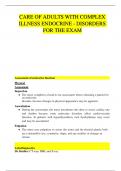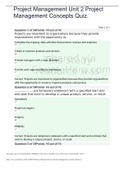Samenvatting
Relations and Networks of organizations summary lectures and papers
- Instelling
- Tilburg University (UVT)
In this summary you can find all the things you need to know for the exam. It includes the lectures and all papers. Good luck!
[Meer zien]













